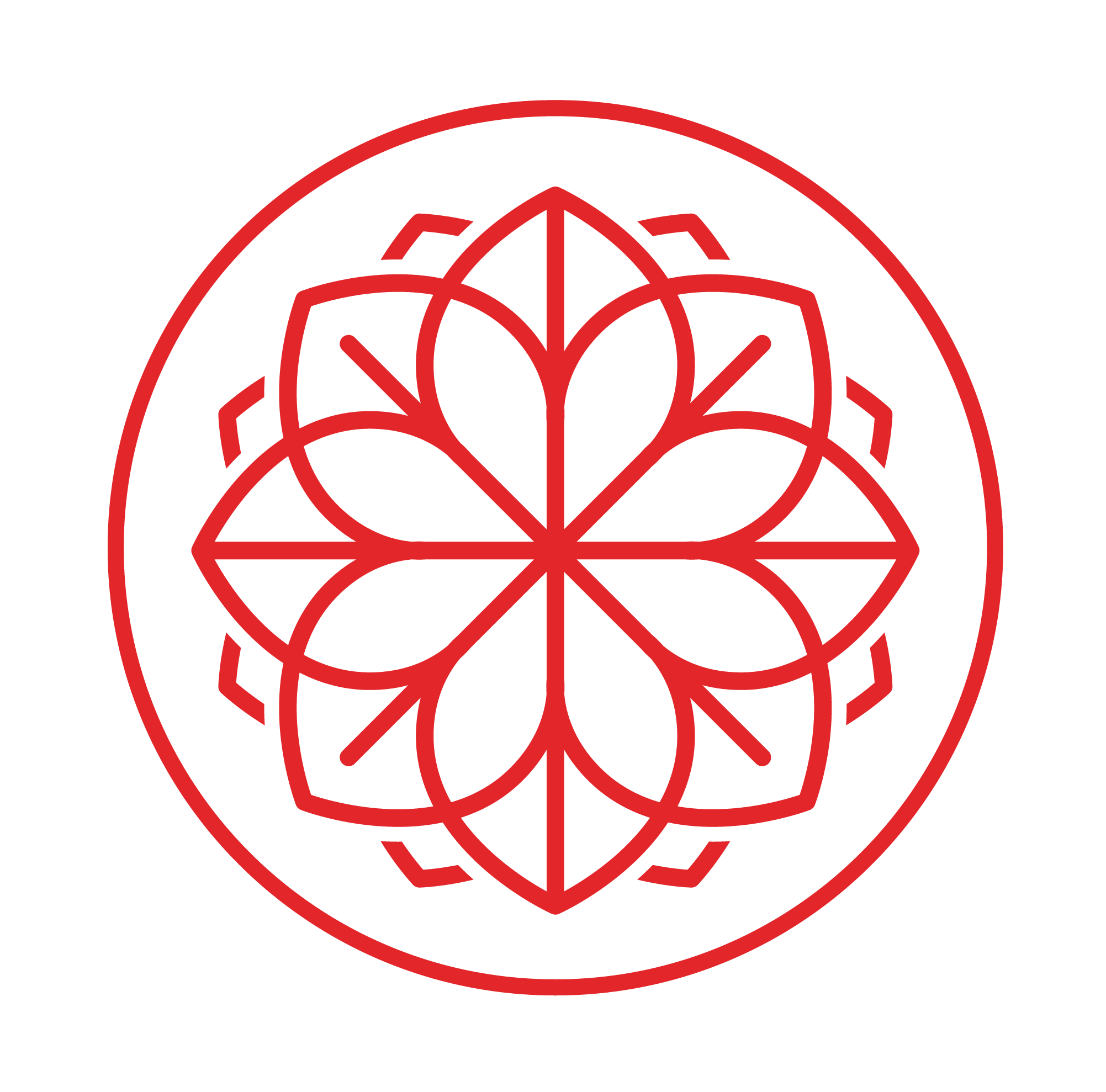If you’re tired of sleepless nights, a pre-sleep routine can help shift your mind from being busy to at ease. Training your mind to prepare for sleep requires discipline and consistency. There is not a one-size fits all routine, just the routine that works best for you. Working your way backwards can help you determine the amount of time you need to unwind (usually around 1-1.5 hours).
Grab a journal and a pen and write what your favorite evening rituals are + what a perfect pre-sleep routine would look like for you.
Some evening ritual ideas:
Warm Baths
Warm baths and showers help raise your body’s temperature and make you feel drowsy. Next time you take a bath, try adding Epsom salt to reduce inflammation and relax your muscles. The magnesium in Epsom salt helps relieve stress and can also release a migraine or headache.
Dim the Lights
Limit the use of overhead lights at night. Replace overhead lights with dimmers, table and floor lamps, or even fairy lights. Add a sense of naturalness by burning wood in a fire.
Log Off
Set boundaries on your computer and phone to avoid zoom-scrolling and answering that oneeee more email. Most cell phones also now allow “time limits” on certain apps which helps us from getting “stuck”. Allow yourself at least an hour or two before crawling into bed to set your phone on “do not disturb” mode. Having these healthy boundaries will let you focus on the present moment and help you wind down your mind.
Declutter your Space
Make your bed during the day so that your bed is inviting when it’s time for sleep. Clear out any dishes or put away any clothes. Make your bedroom feel clean and like a sanctuary, so that you can feel more calm and peaceful. What is something you can add to your bedroom or even just to your nightstand that will make you feel good when you walk into that space?
Cooler Temperature
Set the temperature to be really cool. Whether that means adjusting your thermostat, turning on a fan, or cracking open a window. Researchers say that the best temperature to get optimal sleep is around 65 degrees Fahrenheit. Plus, you get to avoid waking up with night sweats in the middle of a deep sleep!
Gratitude Journal
Allow yourself the space and time to journal to clear your mind before shutting your eyes. It doesn’t have to be elaborate, perhaps just a few sentences on how your day was and writing an affirmation. What happened to you during your day that made you grateful?
Skin Care
Your evening skin care routine is important. For an evening routine, we recommend: cleansing, toning, and applying a facial oil (or a sleep mask). Part of keeping your skin fresh means making sure you have fresh sheets on your bed. Silk pillow cases are less likely to trap bacteria and can reduce chaffing or irritation.
Cup of Tea
Sipping some tea that’s infused with calming properties can help you ease in to those zzz’s. Look for teas with Chamomile + Valerian. Chamomile contains antioxidants that can promote sleepiness and act as a tranquilizer. Valerian is a type of root with sedative and sleep-enhancing properties. Lavender, Rose, Passionflower, and Lemon Balm are also known to have anxiety + stress reducing effects.
Stretching or Yoga
If it’s not too stimulating, moving your body in the evening might help you sleep better. Avoid activities like cardio and HIIT, and replace them with yoga to help relax tense muscles + release stuck energy.
Guided Meditation or Rhythmic Breathing
Taking even just 5 minutes before bed to draw awareness to your breath can reduce anxiety and stress significantly. Try a simple Box Breathing technique: inhaling for a count of 4, hold top of inhale for 4, exhale for 4, and hold bottom of exhale for 4. Repeat this exercise as many times until you experience a calming effect. Some of our favorite guided meditation apps are Headspace and Calm. You can find sleepcasts (storytelling), sleep music, and guided “wind down” meditations.
Like any new habit, you may not start to see the benefits for a few weeks or even months. One of the most important parts of your routine will be going to bed at the same time every night and waking up at the same time every morning.
Pre-sleep rituals will not only prepare you to unwind for a more restful sleep, but they will also set you up for a quality morning and next day.
Resources
“Bedtime Routines and Sleep Rituals for Restful Sleep.” Retrieved from https://www.verywellhealth.com/bedtime-routines-and-sleep-rituals-for-restful-sleep-3014947.
“How To Create An Effective Bedtime Ritual For Better Sleep.” Retrieved from https://thesleepdoctor.com/2018/09/23/how-to-create-an-effective-bedtime-ritual-for-better-sleep/.
“The 7 Best Teas to Help You Get a Better Night’s Sleep”. Retrieved from https://www.oprahmag.com/life/food/g25604298/best-tea-for-sleep/.
“How Valerian Root Helps You Relax and Sleep Better.” Retrieved from https://www.healthline.com/nutrition/valerian-root#TOC_TITLE_HDR_2.

